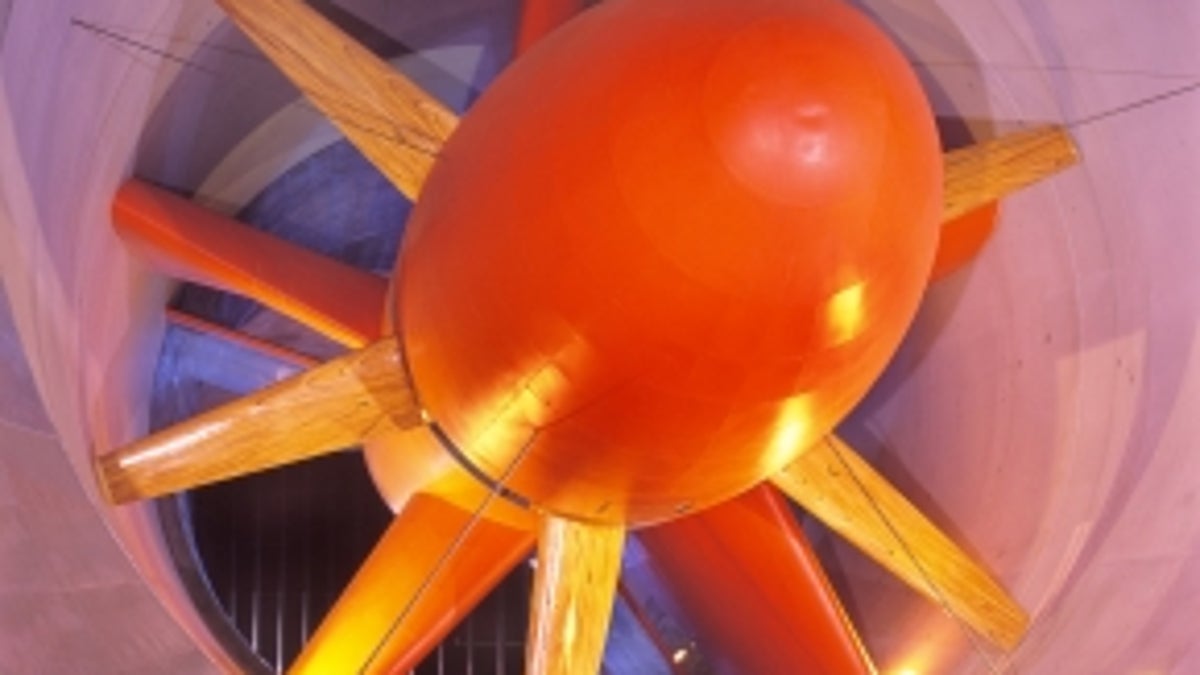GM Aerodynamics Laboratory turns 30
GM Aerodynamics Laboratory celebrates 30 years of aerodynamic innovations.

What do the Canadian Alpine Ski Team, the America's Cup-winning Stars & Stripes yacht, and the 2011 Chevy Cruze Eco have in common? They've all been tested in the GM Aerodynamics Laboratory.
For 30 years, engineers have used the GM Aerodynamics Laboratory to improve the capability of vehicles and athletes to slip through the air more efficiency.
The GM wind tunnel, the largest of its type dedicated to automotive work, began operating in August 1980. During the past three decades, engineers have used it to cut the coefficient of drag of GM vehicles by about 25 percent, according to GM.
Aerodynamics is the efficient management of airflow--measured as drag force--acting against a vehicle. The airflow around a vehicle affects vehicle acceleration, cornering, cooling, comfort, visibility, and especially fuel efficiency. Aerodynamic design leads to big savings for drivers--about $100 to $300 annually.
"There are three ways to improve fuel economy--reducing vehicle weight, improving power train efficiency, and improving aerodynamics," said Charlie Klein, GM director of Mass, Energy and Aerodynamics. "Of the three, aerodynamics is often the most cost effective way to improve efficiency."
For cars, cutting through the air accounts for 13 percent of all fuel consumed, according to the EPA-defined city and highway driving schedule. For full-size SUVs, the effect is even more pronounced, accounting for 22 percent of the fuel they use.
The aerodynamic design of the 2011 Chevrolet Cruze Eco model, for example, includes a segment-first active air shutter in the lower grille opening. When open, the air shutter provides additional cooling for the engine. When closed, the air shutter reduces wind drag, an a front air dam, lower ride height, and underbody pans minimize underbody drag beneath the car and tire blockers reduce the pressure build up in front of the tires and thus reduces drag. There's also a rear deck-lid spoiler increases the air pressure behind the Cruze Eco and reduces its CD
"The Cruze Eco demonstrates how aerodynamics will be increasingly important, as consumers and automakers look to increase their fuel efficiency," Schenkel said. "Aerodynamics also play a critical role in developing electric vehicles, like the Chevrolet Volt, as better aerodynamics delivers more miles per battery charge. We expect the next 10 years likely will be the most innovative era in road vehicle aerodynamics."

